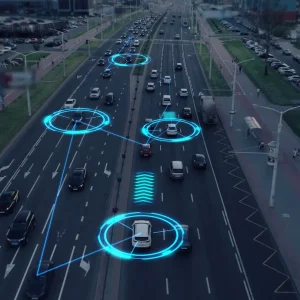In the first of a new series of BusinessCar features examining the future of fleet transport, John Challen looks at Volvo’s plug-in plans
Volvo‘s USP used to be the impressive range of safety features on its cars. First to introduce the three-point belt, and equipped with more airbags than you could ever imagine, no-one protected drivers more than the Swedes.
The trouble is, everyone caught up, and items that Volvo used to offer exclusively became standard fare. And then along came the CO2 issue, and the Scandinavian maker spied an opportunity.
In the post-recession, more efficient world of the future, the priorities of car manufacturers have changed. Volvo has set out a plan to cut average CO2 emissions on its vehicles in half in 22 years. The figure that Ford-owned Volvo is looking at is 80g/km by 2020. More efficient engines and stop-start technology goes part way, but they are already available throughout the range on Volvo’s Driv-e models. In order to achieve the lowest possible CO2 figures, Volvo is looking at plug-in hybrids and pure electric vehicles.
First up
The first application of the plug-in technology will be on a standard V70, the result of a joint venture with Vattenfall, the world’s fourth-largest energy supplier. Volvo was originally set on a full hybrid system – as seen in Toyota‘s Prius – but felt it wouldn’t achieve its sales potential. The Swedish manufacturer believes that plug-in hybrids – to be available on all of its cars – will account for one-fifth of all of its sales by 2020.
Volvo says infrastructure issues will be solved on a country-by-country basis, with some markets already confirming their intention of charging sockets in public and residential parking areas. In France, government ministers have recently proposed that new buildings be constructed with electric charging points in garages, while shopping centres will feature high-voltage power points, offering a full charge in 90 minutes.
Volvo‘s electric-only vehicle fleet will be more limited due to battery size and range issues. The company says large-scale battery electric vehicle deployment is being investigated, but not guaranteed. However, if data from the major world markets is to be believed, half have electric vehicles high on their list of objectives. Two prototype C30s are currently running in Gothenburg, each equipped with a power pack that claims to be four times more efficient than the traditional internal combustion engine.
And then there are biofuels. In Sweden, just 13% of the cars on the road are powered by petrol, down from 100% in 2001. A large proportion of these are biogas, E85, and ethanol/biodiesel, which Volvo will be concentrating on in the short term, though it’s not currently widespread in the UK?thanks to a lack of Government support. Further afield, the plan is for a shift synthetic biodiesel and electricity.





